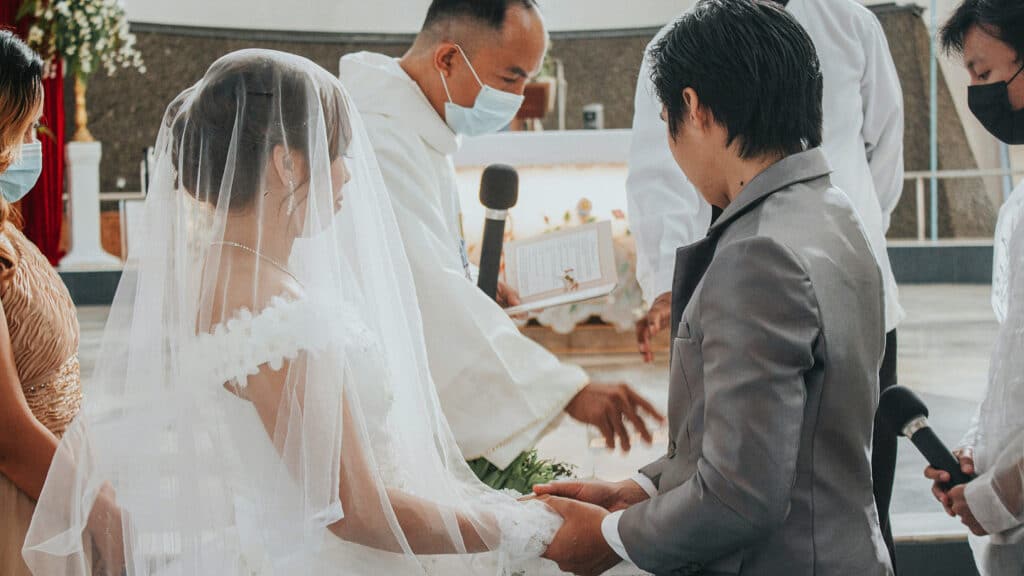Love on hold: South Korea’s youth embrace late marriage

In 2024, South Korea’s marriage landscape underwent a transformation: women entered their first marriages at an average age of 31.6, while men did so at 33.9. More women in their early 40s now wed than those in their early 20s — a reversal underscoring how financial realities and shifting cultural norms have fundamentally changed marriage choices within a generation, according to Eastasiaforum.org.
Rising living costs are central to this dramatic shift, as home prices climb, secure employment remains elusive, and wage growth stalls. For many, the financial foundation needed for marriage feels out of reach. University-educated women, in particular, face competing demands between their careers and caregiving responsibilities. In 2025, many choose to delay or forgo marriage, not because they reject family life, but due to economic practicality and lingering social pressures.
Yet, marriage persists and adapts: in 2024, one in five marriages featured a bride older than her groom, a scenario once rare. These later-life partnerships increasingly prioritize shared income, planned childlessness, and compatibility, reflecting the new priorities shaped by modern pressures rather than tradition.
This transformation has made marriage more selective, shaped by education and class. Since the late 1990s, the number of weddings has nearly halved, especially among lower-income groups, where fulfilling the traditional provider role is challenging. Similar trends are observed in neighboring countries, as economic pressures continue to influence who marries and when.

